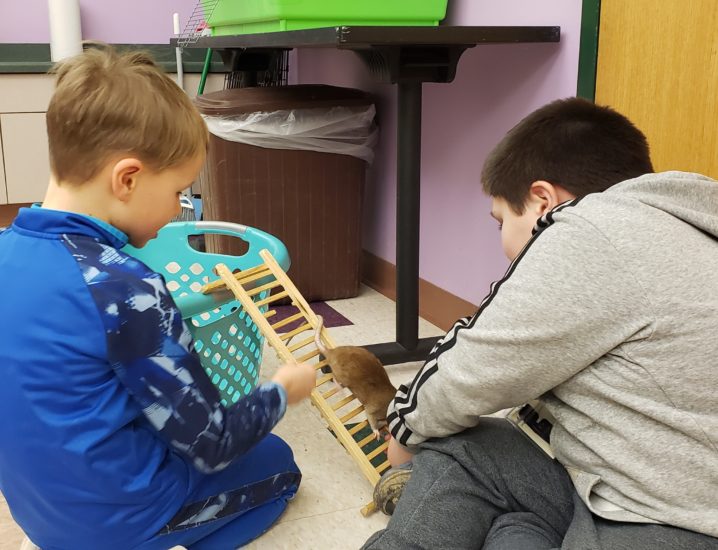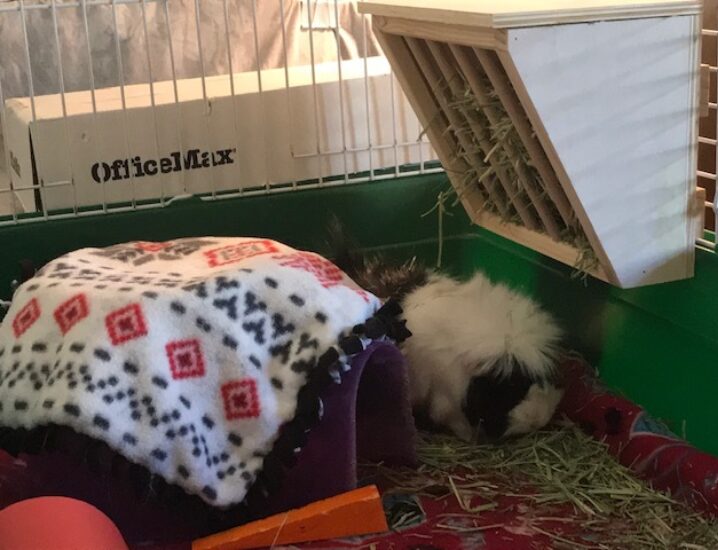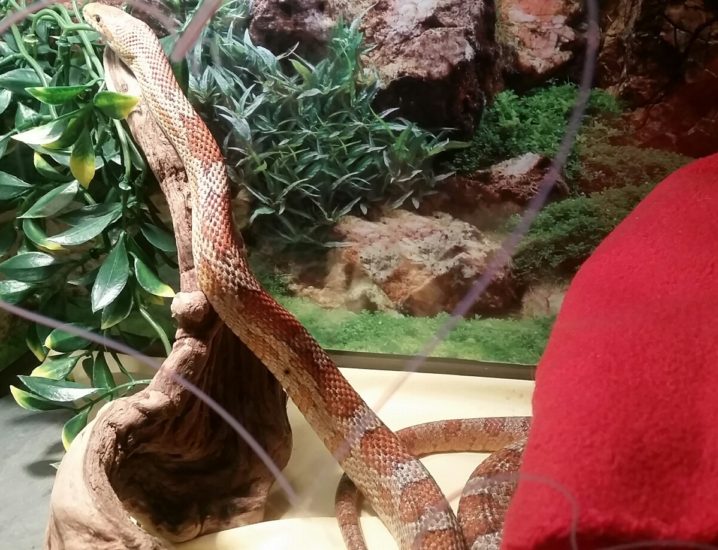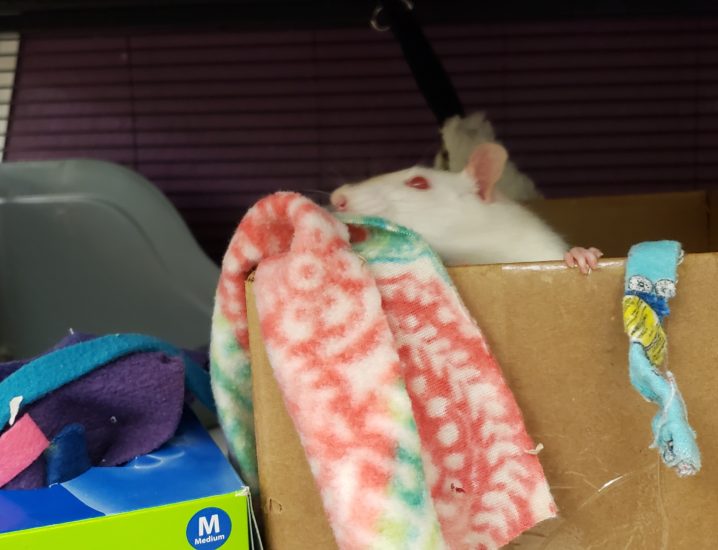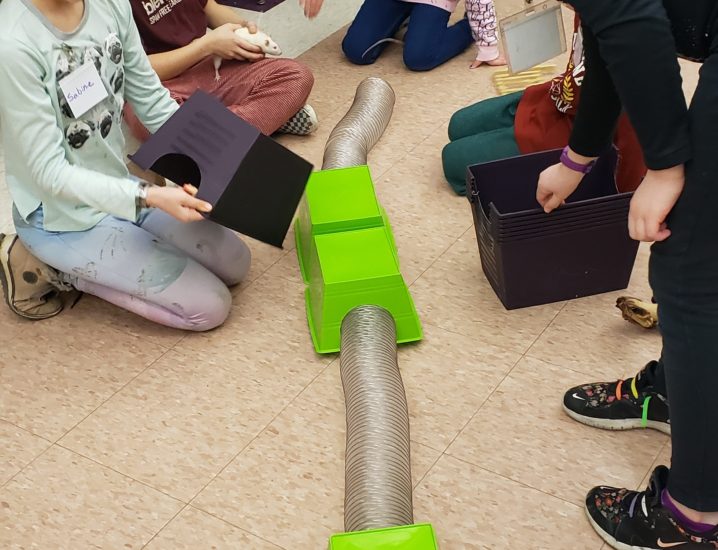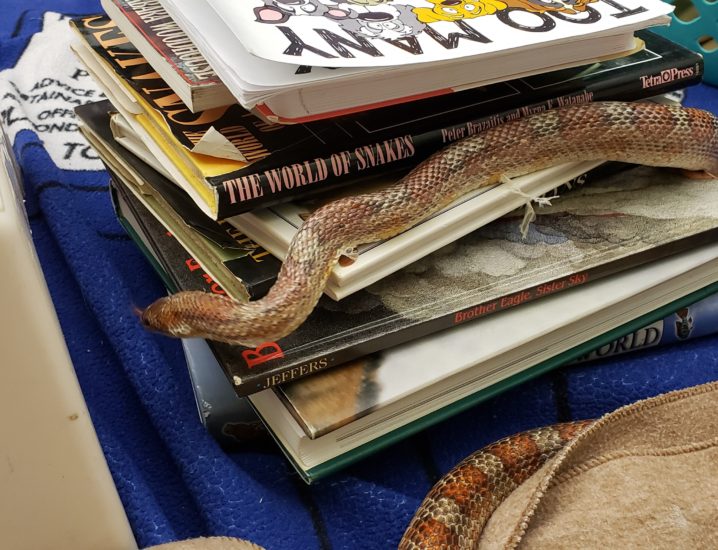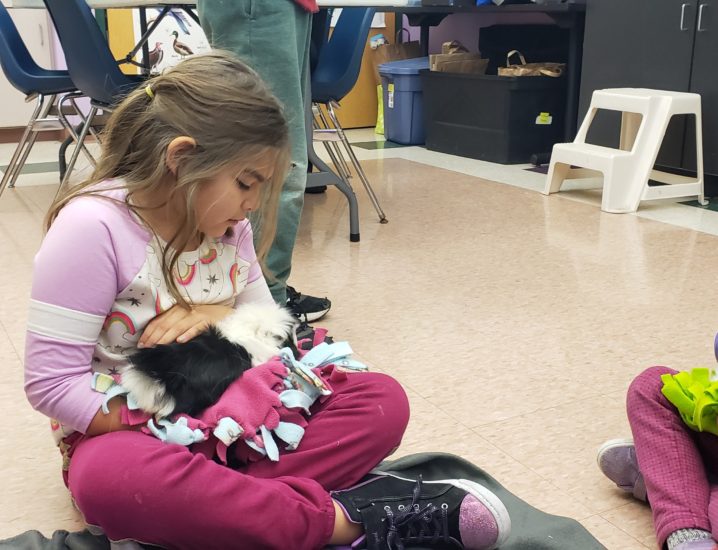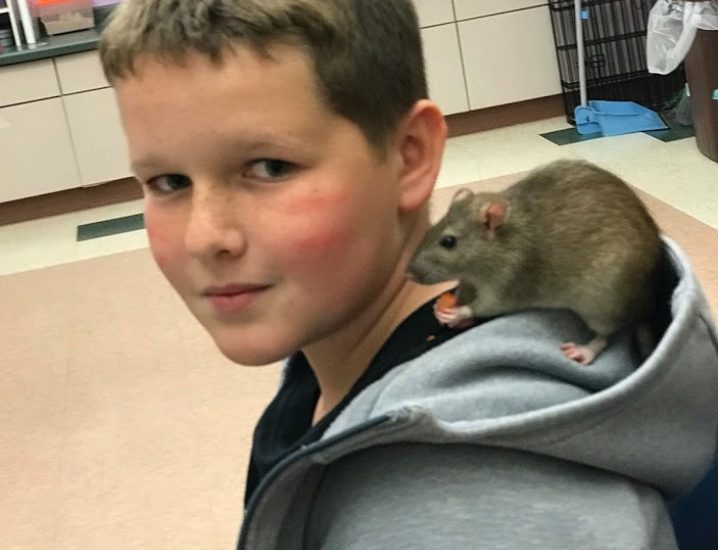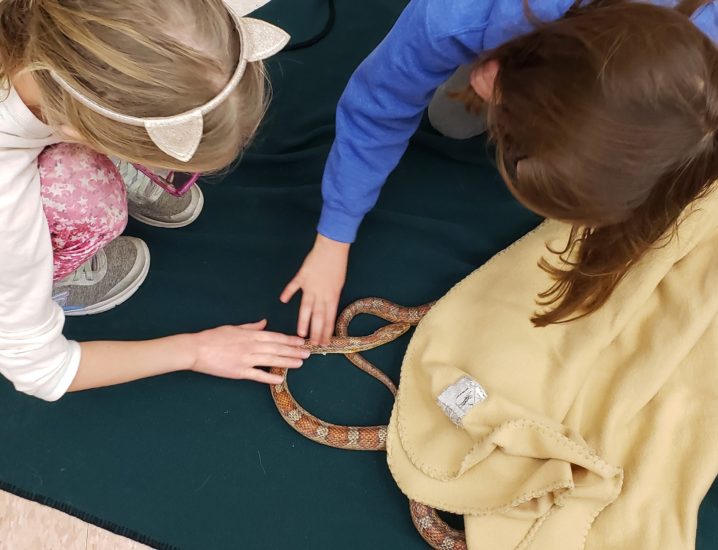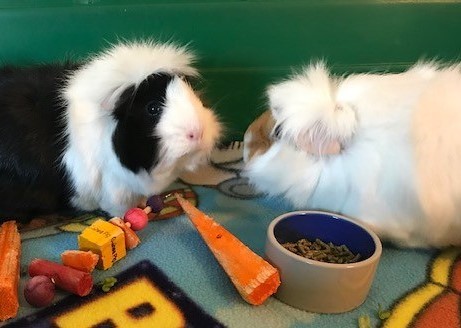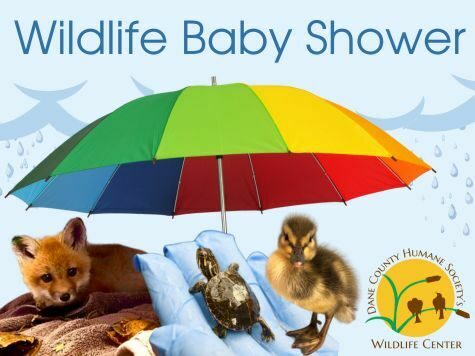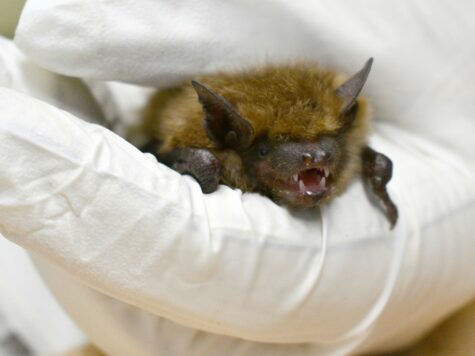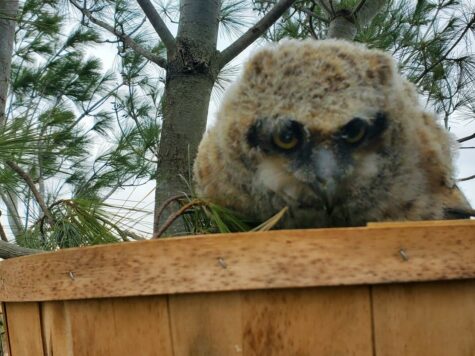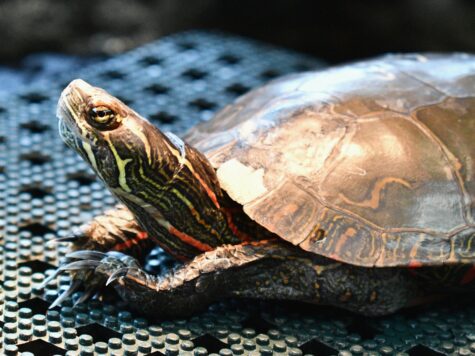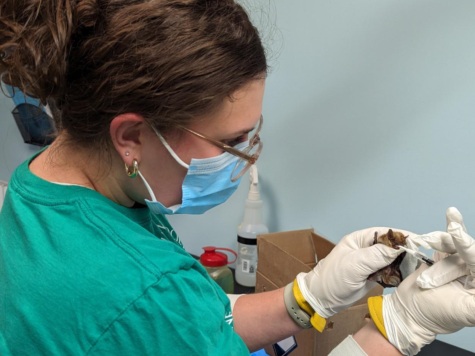Taking care of our pets is a big commitment. Not only do we feed them, play with them and clean their living spaces, but we should also provide environmental enrichment. Anything that leads animals to engage physically and mentally with their surroundings is considered environmental enrichment. Animals get used to the same things in their environment, and as a result, may end up bored or even develop bad habits to entertain themselves. Similar to many of us, changing the furniture around or painting the walls in our homes helps keeps things fresh and engaging.
The classroom animals at Dane County Humane Society have the privilege of engaging in enrichment often and they love it! Our guinea pigs, rats and snake all deserve to be challenged and stimulated throughout the day. Here are some ways we have found that help our classroom animals thrive at DCHS. Remember to ensure safe, supervised enrichment at all times, and have fun!
Guinea Pigs
Guinea pigs are generally funny, active pets that enjoy playtime as much as other furry creatures. There are several ways to make your guinea pig's life more interesting. From activities to toys, here are some ways to spice-up their daily routine. Ready, set…GO!
- Foldable exercise pens- Having an enclosed play area outside of their cage encourages your guinea pigs to explore new areas with different scenery, such as tunnels, blanket “tents,” and cardboard tubes stuffed with Timothy hay. They need daily exercise just as much as we do.
- Lap time- Encouraging your piggies to climb into your lap is a fun trick. Too often we just pick them up and plop them into our laps, but training them to do this on their own is easy- just grab some veggies and see if they come to you.
- Hide and Treat- While the guinea pigs are out of their cages, you could play an activity in an enclosed room, similar to the game Hide and Seek. Simply toss their greens and kibble around the room and have them seek the goodies. You can strategically put treats in blankets, under tables and in boxes.
- Wood blocks in various sizes and shapes- Providing pet safe, chewable wood blocks in different colors and shapes not only helps keep your guinea pig’s teeth filed, but they are appealing as well. Options allow them to choose which wood blocks they want. Let the gnawing begin!
- Tunnels- Because guinea pigs are prey animals, many like to hide to feel safe. There are easy and creative ways to offer these safety tunnels: large cardboard tubes and boxes, PVC pipe (4-inch wide), log and wood huts, bedding hay mounds, fleece blanket caves and cozy hideaways.
Rats
Playful, curious, and intelligent all describe most pet rats, and lots of toys help keep them entertained and happy. Because rats are quick to learn what is in the confines of their cages, they rely on us to keep them mentally stimulated. Be creative with your environmental enrichment, and in no time your active rats will surely think you’re the ‘’big cheese.”
- Large cages- Two- and three-story wire cages work well for up to a few rats. Ladder stairs or rope between the levels ensure daily exercise. Add in an exercise wheel, and your rats will be all set! And, don’t forget to position the cage in an area where your rats can see you- they’re part of the family too!
- Supervised time outside of the cage- Exploring is easy for rats. Give them some time daily to run in an enclosed room, with supervision, and they will look like most toddlers at the playground. They enjoy running through blankets and flexible tunnels, climbing boxes and spending quality time with you!
- Toys, toys and more toys- Cut a few holes in some cardboard boxes of various sizes and your rats will start playing. Go ahead and stuff in some fleece, hay, wood blocks or even treats (bits of carrot and seeds) and their boredom will disappear.
Snakes
Challenging as it may seem, most snakes enjoy environmental enrichment that piques their sense of touch and smell. Enrichment possibilities are plentiful and they are sure to be a hit with your snake- plus, it’s fun for you as well. While trying these activities, be sure to observe your snake during enrichment phases, note any behavioral changes and adjust as needed.
- Cage time- Having a variety of objects for snakes to feel in their cages is recommended and also helps with the shedding process: fleece blankets, half logs, branches, PVC pipes, rocks, natural and fake foliage. Additionally, simply changing the size and shape of the water bowl is equally exciting!
- Roaming time- Even though snakes generally don’t like open spaces, giving them time to wander outside of their cage is beneficial. In a closed room, create an obstacle course with cardboard boxes, towers of books, chairs and fleece blankets. Let the slithering begin!
- Scents galore- Adding some natural scents to your snake’s cage may be a fun way to enrich their environment. Try gently rubbing some of these scents onto the objects inside the cage: strawberries, grapes, carrots, lettuce, celery, etc. Remember, no perfumes or colognes which are too toxic for snakes.
- Handling- Find time every day to handle your snake. Since many snakes make good family pets and are relatively easy to take care of, creating a bond with your snake will be a unique adventure. Pull on a hooded sweatshirt and your snake will venture through the pockets and hood!
Environmental enrichment is good for all kinds of pets. Our classroom animals at DCHS certainly enjoy their daily enrichment, and we enjoy interacting with them during this time as well. It’s a win-win situation. Try environmental enrichment with your pets today!
